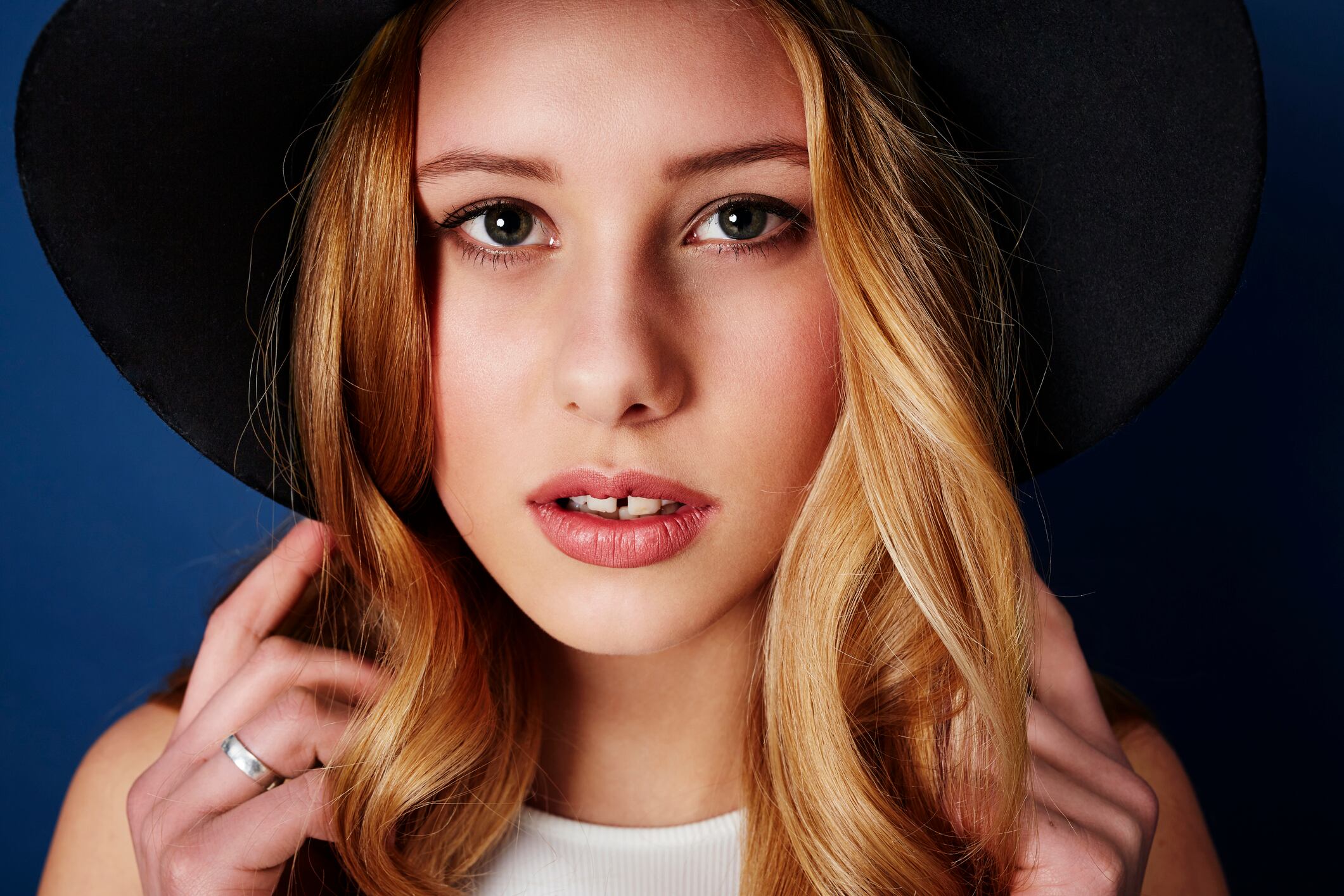Key takeaways
- Mintel predicts a shift towards emotionally authentic beauty in 2026.
- Consumers are seeking human-led creation over algorithmic perfection.
- Brands can build trust by sharing behind-the-scenes content and setbacks.
- Craftsmanship, real customer stories and community co-creation are key.
- Examples include Dove, Aesop, Glossier, Trinny London and Sokhaia.
Imperfection has been tipped to become next year’s new ideal by market intelligence firm Mintel. After a decade of exposure to polished, AI-generated products, content and marketing, the consumer data firm has forecast a shift towards beauty with human, emotionally authentic and expressive qualities.
Described as one of the key trends for 2026, Beyond the Algorithm: The Human Touch Revolution suggests that while technology is still likely to be utilised, efforts will evolve to enhance more personal and authentic aspects of beauty.
Why imperfection is the next big beauty trend
Mintel’s Director of Beauty & Personal Care Insights, Andrew McDougall, explained that the trend derives from consumer fatigue and scepticism brought about by years of algorithmic perfection. This backlash will see future consumers ready to find signs of human-led creation – flaws included.
“Imperfection and artistry create unparalleled emotional resonance, driving a new form of authenticity in beauty,” he said. Rather than engage in an ongoing battle, McDougall suggests a partnership between humanity and technology. “Winners will embed authenticity into process and product, as well as messaging. Brands that thrive will be those that showcase their makers, processes, and flaws as proof of authenticity,” he explained. “By 2030, the most valued beauty experiences will be those that feel unmistakably human, emotionally resonant, creatively rich and impossible to fake.’’
Five ways brands can embrace this authenticity
But how can cosmetics brands take this on while still keeping care and professionalism in the mix?
Invite consumers behind the scenes
Research from YouGov shows that 68% of consumers trust brands more if they appear authentic and relatable. Allowing consumers a filter-free glimpse behind the scenes with ‘everyday’ activity posts such as ‘Day in the life’ and ‘Get ready with me’ has become popular on platforms such as TikTok. These insider snapshots can help to build trust and relatability as your audience gets to know the real faces behind your business.
Share the setbacks
Sharing stories of struggles and pain points can help to develop trust, building transparency and authenticity. Posting ‘raw’ video content such as unedited blooper reels is one way to do this. Be upfront and honest when acknowledging any mistakes such as order issues. Discuss the methods you plan to use to resolve the issue and how you will improve in the future, as being transparent about challenges can help to build this essential trust and relatability.
Highlight craftsmanship and what makes you different
Highlight any handmade products in your repertoire and any traditional techniques used in product creation – these factors demonstrate the skilled craftsmanship and human touches that lie within production. Don’t be afraid to show inconsistencies in design too: these elements can also help to humanise your brand.
Aesop is an example of how unstandardised imperfection can work in a beauty space. Instead of keeping outlets uniform, each retail environment is unstandardised and contains irregular textures. This uniqueness gives each physical store an enduringly natural, earthy and human feel that has helped to boost the popularity of the brand.
Involve real customers
Research from a survey undertaken by Ofcom in 2022 revealed that 56% of UK internet users prefer brands that show ‘real’ people and imperfections in advertising rather than staged images. Dove is an example of a brand doing this in line with its core values. Dove’s Real Beauty Redefined for the AI Era campaign invited people to actively influence Pinterest’s algorithm by posting and engaging with images that celebrate authentic, natural beauty.
TikTok and Instagram offer a space for unscripted and unplanned content that has the potential to generate more traction than polished and prepared posts. Real-time content such as live streaming offers a more personal experience for audiences. Brands such as Beauty Pie regularly host live Q&A sessions, allowing consumers to see the personality of those behind the brand, as well as interact and find out more about the product range in real time.
Co-create with your community
Glossier is a good example of a brand that not only collaborates closely with its community to co-create products but also regularly showcases actual customers across its social channels. Another example is Trinny London, which has reached sales of £70m in the space of eight years.
This strategy appears to be becoming the new normal. For example, start-up skincare brand Sokhaia, which is designed for post-treatment skin, incorporates the ‘Kintsugi’ philosophy into its skincare. This philosophy implies that something broken can become even more beautiful once nurtured and repaired. Founder Sadia Hussain said she used to see her past struggles with eczema as something to hide but now sees it as her story. “Imperfections and sensitivity are not flaws to conceal but resilience that needs to be celebrated. It’s a metaphor for how we treat both our skin and us: we don’t need to erase the marks of healing; we honour them.”
Hussain has found that people are really connecting with this idea and the way it ties in with post-treatment skincare. For Sokhaia, this means storytelling that shows unfiltered skin, honest textures and real moments. “From raw, unedited imagery that celebrates real skin to behind-the-scenes footage that captures the emotion of repair. I want our community to see themselves in every post, every mark/scar, every story.”



